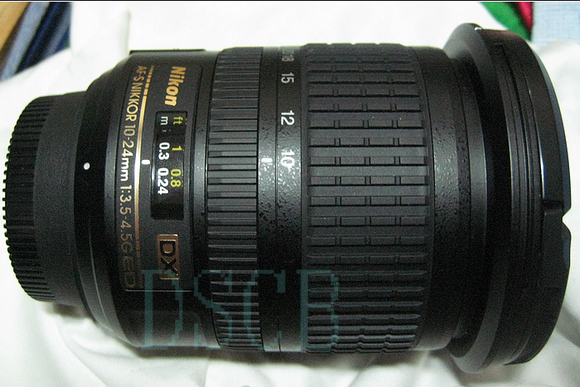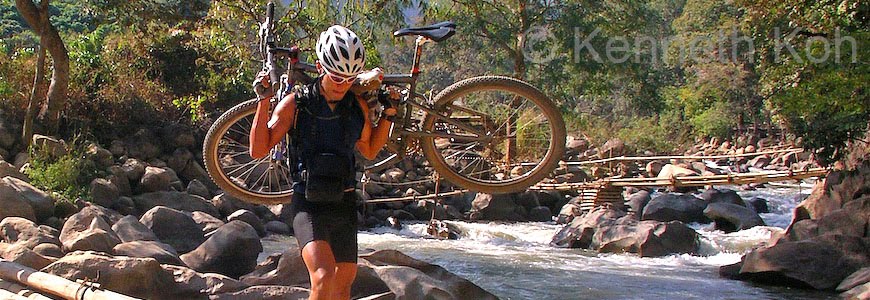 Image from NikonRumors.com
Image from NikonRumors.comNikon was the first to come out with an ultra wide angle lens for their DX (1.5 crop) cameras, but the venerable 12-24mm f/4 DX Nikkor lens is showing its age, and the competition for ultra wides for cropped-sensor cameras is hot.
If you are using a cropped-sensor Canon camera like the 50D or upcoming XSi/450D, you don’t need to be reading this. The Canon 10-22mm f/3.5-4.5 is optically excellent, well built and very lightweight (I still have mine and my wife is using it). The solution for Nikon users is not so clear cut.
I find I mostly use my 12-24mm Nikkor at 12mm, and often that is not wide enough. Also, 12mm is the weakest focal length of this lens. Thus I began a search for competing lenses wider than 12mm for DX Nikons and this is what I’ve found:
Nikon 10-24mm f/3.5-4.5
Still a pipe dream at the moment, but I found what looks to be a pretty authentic image on Nikon Rumors (above). If it does launch, it will probably be the lens I end up buying.
Sigma 10-20mm f/4-5.6
This was the lens I was also considering before I bought the Nikkor. I chose the Nikkor in the end, but my requirements have now changed. Optically, it has different strengths and weaknesses, but appears to be the Nikkor’s equal. Ergonomically, it is a little quirky. I feel the zoom ring is just too close to the body. Nevertheless, this is my top choice unless the Nikon 10-24mm turns out to be real.
Tamron 10-24mm f/3.5-4.5
I haven’t seen one of these yet, and there aren’t enough reviews to form an opinion.
Tokina 11-16mm f/2.8
This is one hot lens and is probably the best solution for a lot of people, just not for me. The small zoom range doesn’t bother me, but 11mm is still not wide enough. It is also the heaviest of the lenses I’ve looked at.
 Trekking the Annapurna Circuit. Nikon D300, 10.5mm Fisheye lens.
Trekking the Annapurna Circuit. Nikon D300, 10.5mm Fisheye lens.Nikon 10.5mm Fisheye
A sweet optic. It is a prime lens, and I can shoot right into the sun to get nice sunstars with this with less flare and ghosting than with an ultrawide zoom that has a lot of elements inside it. I’ve probably been shooting too much with this, and magazine editors don’t seem to pick the images I’ve shot with the fisheye that much.



